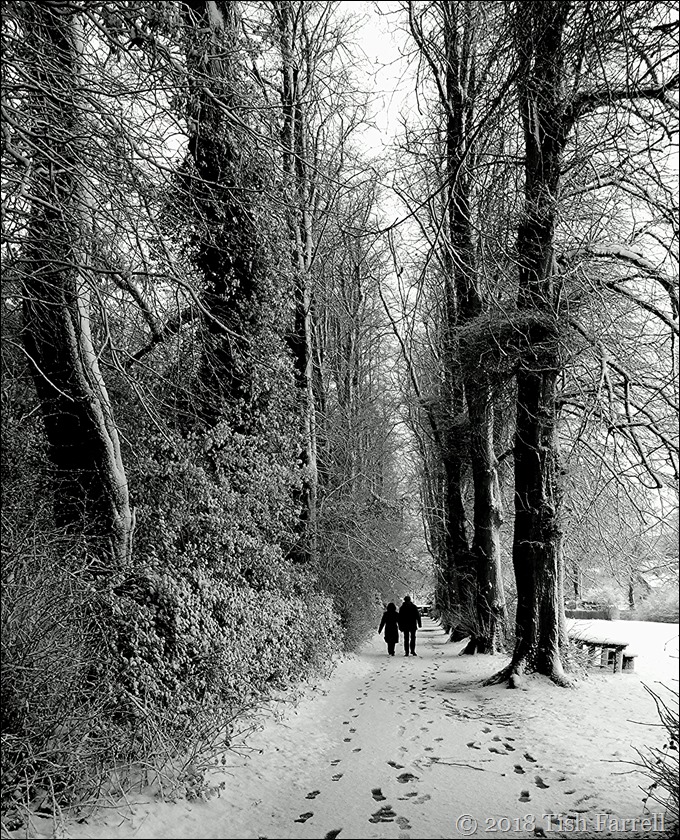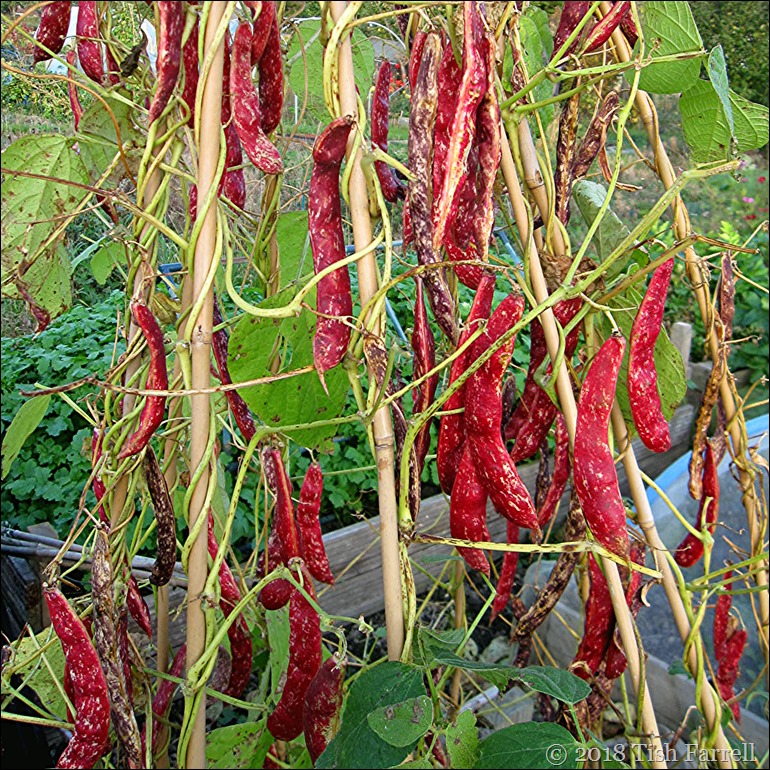It was still winter in Dubai, the hotel palm trees along the beach well wrapped up against the wind. We were on a two-centre trip – a week in the Maldives with stopovers in Dubai either side. It was 1998. We needed a break from Kenya. There were times when crime-and-politics wore us down. The long-term one-party presidential incumbent and his backers were more than a little reluctant to admit the construct of multi-party politics into the regime. And it seemed to me that whenever the power-brokers felt nervous, the crime rate soared. Just to make us all feel uneasy.
It began at the top of course – the crime. And doubtless still does. It is the same here in the UK, I lately discover, and is also officially-unofficially sanctioned. It is just not visible to most of us, and is massively more clever, being wrapped up in trusts and shell companies parked in the ‘hot-money archipelago’ of the Cayman Islands et al. I am indebted to British economics professor Baron Nicholas Stern for this phrase. (He’s also written a good deal about climate change). Such offshore financial services (so anodyne in their terminology) apparently provide safe places for the world’s robber elite to hide their loot, so maintaining the status quo of tyranny and poverty meted out to ordinary hard-pressed folk in the places whence the loot was stolen.
And so we were in Dubai and Maldives for some light relief, destinations where in 1998 crime was not permitted to exist. The only problem was, even then, both locations seemed more than slightly bonkers (and probably more so now in sustainability terms). On the one had – a complex of luxury island paradises, where both the tourists and every consumer item they might want was flown in, and the resultant minute-by-minute packaging residue disposed of in a massive concrete silo embedded in the sea off the capital Male. Not only that, but contact with the locals was very tightly managed (not that I blame Maldivians for that. Someone has to make a stand against nasty European sex predators – women as well as men). But it also meant that you felt as if you’d just holidayed in a stage set. Very lovely, certainly – but synthetic.
And as for Dubai (and it’s probably ten times wider and taller now) it was wall-to-wall shopping malls, eight-lane highways, building sites, apartment blocks and hotels of the top-end plush variety. Since our visit this last notion has gone stratospheric. I mean, what does it say about us humans? How much consuming do we need to do and in how many weirdly fabricated environs?
Actually in ‘98 there was not much shopping going on. The malls were magnificent but eerie – scarcely a soul in the marbled halls of designer boutiques. Though we did see mature dishdasha-ed gents in the cosmetics stores treating their black-gowned wives to Chanel perfume and Estee Lauder lipstick. It appeared to be a popular family pastime. We also saw similarly garbed gents in the bar of the Radisson, drinking lager. Interesting, I thought. It was the particular brand that was said to reach parts that others didn’t. I wondered if it also granted dispensation to Muslim transgressors. Or if perhaps the territory of a European owned hotel provided the equivalent of diplomatic immunity for the drinking of alcohol.
The best part of Dubai is the Creek. Tied up along its banks were still the great dhows of the Gulf – Indian Ocean trade routes – timeless somehow, despite being loaded up with refrigerators, expensive motor cars, crates of coca cola. Once such dhows plied the coast of East Africa as far south as Mozambique and the Comoros, borne on the outward voyage by the monsoon north-easterlies, returned six months later on the south-westerlies – this before the advent of petrol engines of course.
Over two thousand years, the dhow merchants of Persia and Arabia traded with the coastal Bantu peoples of Africa. In return for consignments of dates, rugs, silks, jewels, treasure chests, they bought, gold, mangrove timber, animal skins, ivory and slaves. And their centuries’ long congress with Africans gave rise to a string of coastal city states of mixed race Arab-Persian-African people, the Swahili, who both owned and traded in humans, and did so until at least the 1920s when the British occupiers of British East Africa (now Kenya) finally outlawed the practice – the unintended consequence of which was hundreds of homeless and unemployed ex-clove plantation workers whose former owners could no longer afford to employ them as plantations ran to bush and their fortunes rapidly dwindled.
Ah, the tangled webs we humans weave. (And this is not an apology for slave owning. Only an example of what happens when you unpick/ban other people’s economic practices, customs and beliefs in a piecemeal fashion.)
Which brings me full circle really. Kenya. After two weeks away in odd places, we were fairly glad to go back there, never mind the moral dilemmas. And that I suppose is the point of this little travel ramble. Moral dilemmas. The more we ignore them, the more things stay the same.
copyright 2018 Tish Farrell
P.S. There are things we can do about the present state of global inequality. The Tax Justice Network outlines some of them.

In the Pink #20



































